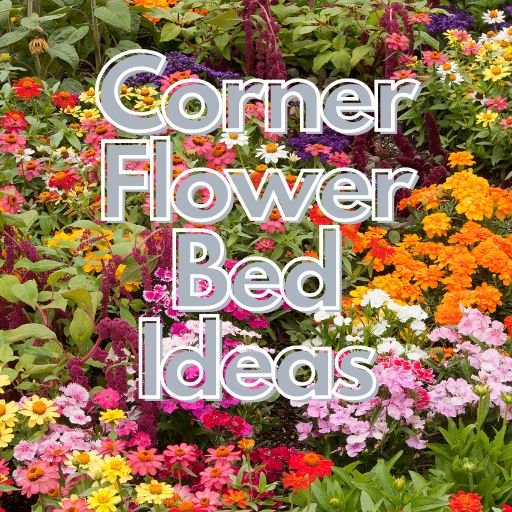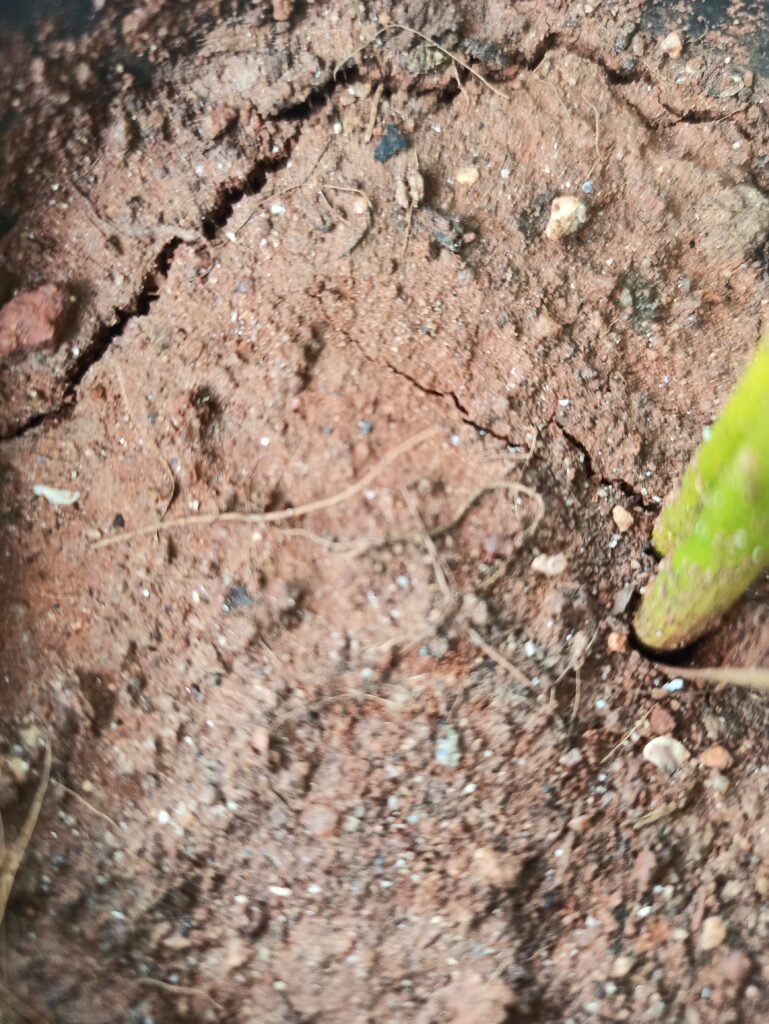Want to create a stunning garden without breaking the bank? Check out our guide to low-cost garden plants and get tips for building a beautiful garden on a budget.
Introduction:
Gardening is one of the most rewarding hobbies you can have. However, it can be an expensive one, especially if you’re trying to create a beautiful garden from scratch. Fortunately, there are ways to create a stunning garden without spending a fortune. One of the best ways to do this is by choosing low-cost garden plants. In this article, we’ll take a closer look at some of the best low-cost garden plants, as well as some tips for building a beautiful garden on a budget.

Best Low-Cost Garden Plants
If you’re looking for low-cost garden plants, there are plenty of options to choose from. Here are some of the best low-cost garden plants to consider:
Perennials
Perennials are a great choice for a low-cost garden. They come back year after year, so you don’t have to buy new plants every year. Some great low-cost perennials include:
- Coneflower
- Black-eyed Susan
- Daylily
- Hosta
- Sedum
Annuals
Annuals are another great option for a low-cost garden. They only last one season, but they’re often very affordable. Some great low-cost annuals include:
- Marigolds
- Petunias
- Zinnias
- Cosmos
- Snapdragons
Vegetables and Herbs
Vegetables and herbs are not only a great way to save money on groceries, but they can also be beautiful in a garden. Some great low-cost vegetables and herbs include:
- Tomatoes
- Peppers
- Basil
- Thyme
- Parsley
Tips for Building a Beautiful Garden on a Budget
In addition to choosing low-cost garden plants, there are other ways to save money on your garden. Here are some tips for building a beautiful garden on a budget:
Start from Seeds
Starting plants from seeds is much cheaper than buying plants from a nursery. You can start seeds indoors and transplant them outside once they’re big enough.
Shop Sales
Keep an eye out for sales at your local nursery or home improvement store. You can often find great deals on plants and gardening supplies.
Trade with Friends
If you have friends who are also gardeners, consider trading plants with them. This is a great way to get new plants without spending any money.
10 Affordable and Stunning Plants to Enhance Your Garden
Are you looking to add some color and life to your garden without breaking the bank? Look no further! In this article, we’ve compiled a list of ten stunning and affordable plants that are sure to make your garden pop. From vibrant flowers to lush foliage, we’ve got you covered. Let’s dive in!
Begonia
Begonias are a great addition to any garden. These plants come in a variety of colors, including red, pink, white, and yellow, and their leaves can be variegated or solid. Begonias thrive in partially shaded areas and can be grown in pots or in the ground. Their colorful blooms will add a pop of color to your garden.
Cosmos
Cosmos is an easy-to-grow annual plant that produces large, colorful flowers. They come in shades of pink, purple, white, and red, and their feathery foliage adds texture to your garden. Cosmos thrive in full sun and well-draining soil, making them a great addition to any garden.
Marigold
Marigolds are a classic garden flower that comes in shades of yellow, orange, and red. These annual plants are easy to grow and can be planted in containers or in the ground. Marigolds thrive in full sun and well-draining soil and are known to repel pests.
Nasturtium
Nasturtiums are a unique and edible plant that comes in a variety of colors, including yellow, orange, and red. These plants are easy to grow and can be planted in pots or in the ground. Nasturtiums thrive in full sun and well-draining soil and their edible leaves and flowers add a unique flavor to salads.
Petunia
Petunias are a classic annual plant that comes in a variety of colors, including pink, purple, and white. These plants are easy to grow and can be planted in containers or in the ground. Petunias thrive in full sun and well-draining soil and their colorful blooms will add a pop of color to your garden.
Salvia
Salvias are a beautiful and easy-to-grow perennial plant that comes in shades of blue, purple, pink, and red. These plants thrive in full sun and well-draining soil and are known to attract hummingbirds and butterflies to your garden.
Sunflower
Sunflowers are a stunning annual plant that comes in a variety of sizes, from dwarf varieties to towering giants. These plants are easy to grow and thrive in full sun and well-draining soil. Sunflowers are also known to attract bees and other pollinators to your garden.
Sweet Alyssum
Sweet alyssum is a low-growing annual plant that produces clusters of small, fragrant flowers. These plants come in shades of pink, purple, and white and are great for edging borders or planting in containers. Sweet alyssum thrives in full sun and well-draining soil.
Zinnia
Zinnias are a stunning annual plant that comes in a variety of colors, including pink, red, yellow, and orange.
How to Care for Your Plants
Now that you have a list of stunning and affordable plants for your garden, it’s important to know how to care for them. Here are some general tips:
- Water your plants regularly, but don’t overwater them. Make sure the soil is well-draining to prevent root rot.
- Fertilize your plants once a month with a balanced fertilizer to promote healthy growth.
- Deadhead your plants by removing spent blooms to encourage more blooms to grow.
- Prune your plants to remove dead or damaged leaves and branches.
Best Tall Plants for Containers
Container gardening is a popular way to add beauty and color to small spaces. However, finding the right plants for your container garden can be challenging, especially if you’re looking for tall plants. Here are some of the best tall plants for containers that can thrive in a variety of conditions.
- Ornamental Grasses
Ornamental grasses are a great addition to any container garden, providing texture, movement, and color. Some of the best ornamental grasses for containers include:
- Maiden grass (Miscanthus sinensis): This tall grass grows up to 6 feet tall and produces feathery plumes in the fall.
- Fountain grass (Pennisetum setaceum): This grass has a weeping habit and produces purple or burgundy plumes in the summer.
- Blue oat grass (Helictotrichon sempervirens): This blue-gray grass grows up to 4 feet tall and adds a cool hue to any container garden.
- Bamboo
Bamboo is a tall and elegant plant that can add a touch of zen to your container garden. Some of the best bamboo varieties for containers include:
- Dwarf bamboo (Bambusa multiplex): This bamboo variety grows up to 8 feet tall and has a bushy habit that makes it a great choice for containers.
- Golden bamboo (Phyllostachys aurea): This bamboo grows up to 12 feet tall and produces bright yellow canes that add a pop of color to any container garden.
- Cannas
Cannas are tall and showy plants that produce stunning flowers in a variety of colors. Some of the best cannas for containers include:
- Tropicanna (Canna ‘Phaison’): This canna produces large, orange and pink striped flowers and grows up to 5 feet tall.
- Australia (Canna ‘Australia’): This canna produces bright red flowers and grows up to 6 feet tall.
- Elephant Ears
Elephant ears are tall and tropical plants that can add a touch of exoticism to your container garden. Some of the best elephant ear varieties for containers include:
- Colocasia (Colocasia esculenta): This elephant ear produces large, heart-shaped leaves and can grow up to 6 feet tall.
- Alocasia (Alocasia macrorrhizos): This elephant ear produces large, arrow-shaped leaves and can grow up to 8 feet tall.
Conclusion
Container gardening can be a fun and rewarding hobby, and with the right plants, you can create a beautiful and thriving container garden. We hope that our article has provided you with valuable information about the best tall plants for containers that can help you outrank your competitor. Remember to choose plants that are suitable for your climate and container size, and enjoy the beauty of your container garden!
Best Self-Cleaning Dog Pad 2023: Keep Your Home Clean-BrilliantPad
- Best Black Bricks for Landscaping 2023: An Overview
- Straw Bale Gardening Problems: How to Overcome Them
- No-Dig Gardening for Beginners: A Simple Guide to Growing Healthy Plants Without Tilling
- Best Knee Pads for Gardening 2023: Protecting Your Knees While You Tend to Your Garden
- Best Vertical Gardening Systems 2023- The Ultimate Guide to Grow Your Garden Upwards




















